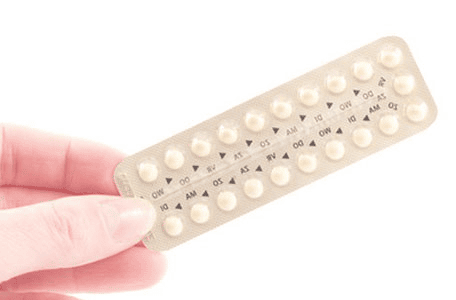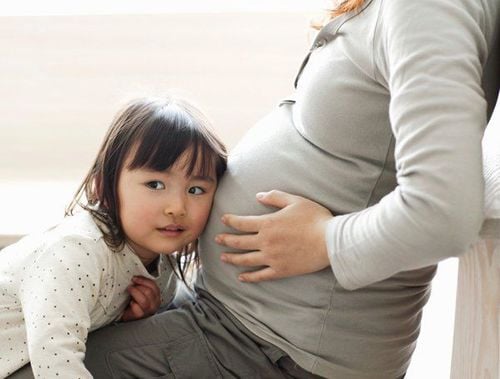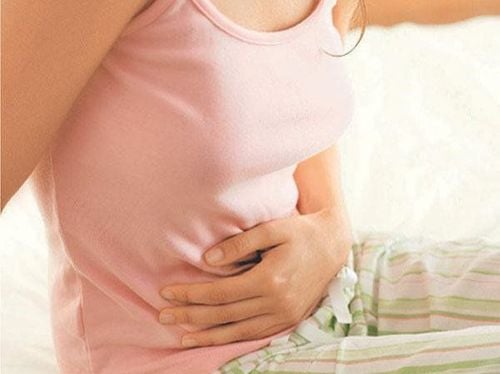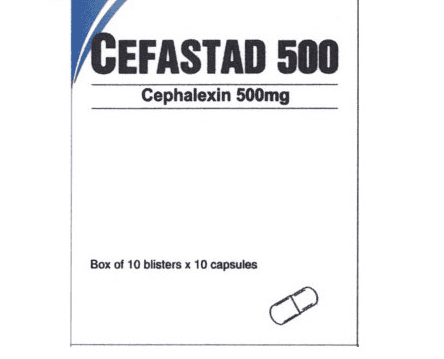This is an automatically translated article.
The uterus is the most important reproductive part of a woman, but it is also a vulnerable part and encounters inflammatory diseases, tumors, adhesions ... affecting the ability to reproductive.
1. Overview of uterine adhesions
Uterine adhesions are a problem that worries many women, especially those who have had uterine interventions such as abortion, uterine fibroids removal. Uterine adhesions can be a cause of secondary infertility in women.
Adhesions to the uterus can lead to extremely serious consequences, causing infertility, female infertility. This happens when the lining of the uterus before and after is completely adhered to, making it impossible for sperm to meet an egg to fertilize it. In addition, if the front and back of the uterine wall are only partially fused, even if the egg and sperm meet, they will not be able to enter the uterus to implant, which will lead to the risk of ectopic pregnancy or pregnancy. miscarriage.
2. Causes of uterine adhesions

Dính buồng tử cung thường là biến chứng do nạo, hút thai
Adhesions of the uterus are the adhesion of the anterior uterine wall and the posterior uterine wall. This makes it very difficult for the endometrium to regenerate and causes certain effects on the pregnancy process of women.
Causes of uterine adhesions are usually due to:
Due to residual placenta after childbirth or after miscarriage, abortion. As a result of intrauterine intervention to manage related diseases. Due to endometrial infection or prolonged gynecological inflammation. According to doctors, uterine adhesions are often a complication of curettage or abortion. When doing this procedure, doctors often try to clean the inside very well, but can't see it, so it can cause the lining of the uterus to burn deeply, causing it to stick. In addition, genital tuberculosis or some vaginal infections can also be the cause of uterine adhesions.
3. Measures to diagnose uterine adhesions
Adhesions to the uterus have 2 forms:
Complete uterine adhesions: adhesions to the entire uterine lining will cause amenorrhea. Partial adhesions of the uterus: still menstruating, but the menstrual volume is less, the number of menstrual days decreases. To know if you are at risk of uterine adhesions, you need to pay attention to some signs through:
Observe the amount of menstrual blood in the cycle and compare it with the period without intervention. uterus or not. Combined with endometrial monitoring. To monitor the growth of the uterine lining, you need to go to medical facilities for ultrasound. The thickness of the uterine lining during the mid-menstrual period is usually 8-12mm. If the uterine lining is less than 4mm, it can also be a sign, but this is only a supportive method because the uterine lining depends on many factors such as hormones. After 6 months to 1 year without using birth control and not getting pregnant, you should also actively seek medical attention.
4. Treatment of uterine adhesions

Cách điều trị thích hợp là nội soi buồng tử cung gỡ dính, sau đó phải điều trị cho có thai ngay vì dính buồng tử cung rất dễ tái phát
When noticing the signs of uterine adhesions, many women are confused and have the same question: "Can uterine adhesions be cured?" because the risks and complications of the disease are very dangerous.
However, at present, uterine adhesions can be treated by surgical methods, the attached part will be separated to reconstruct the uterine cavity. The appropriate treatment is hysteroscopy to remove adhesions, then treat for pregnancy immediately because uterine adhesions are easy to recur. Up to 20% of cases require repeat laparoscopy for moderate adhesions and 50% for severe adhesions.
Treatment depends on the results of the fertility survey of both husband and wife. The likelihood of successful de-adhesion and re-conception will depend on the extent of damage to the endometrium. One study showed an average chance of getting pregnant again by up to 80% with mild adhesions and 30% with severe adhesions.
In the case of mechanical uterine adhesions (after abortion), the doctor will have to place an IUD to separate, combined with hormonal drugs to stimulate the thickening of the lining. For other cases, if the cause comes from an infection or genital tuberculosis, the patient will have to make sure to cure these diseases thoroughly first, then use measures to separate the uterus.
The best way to prevent is as soon as you see the signs of uterine adhesions, the patient should take the initiative to go to the hospital for examination, examination, and determination of the cause for timely treatment. Avoid prolonging the disease, making it difficult to treat later, and may even lead to unpredictable complications.
In order to help women detect early uterine adhesions as well as other gynecological diseases for timely treatment, Vinmec International General Hospital has developed a "Package of examination and screening for gynecological diseases." basic", helping customers to detect diseases early on inflammatory diseases for easy and inexpensive treatment; Screening for early detection of gynecological cancer (cervical cancer)...
When registering for the Basic Gynecological Examination and Screening Package, customers will receive:
Gynecological Specialist Examination Uterine Ultrasound Vaginal ovary Transvaginal Ultrasound of the breast bilaterally Tests such as: Treponema pallidum rapid test, Chlamydia rapid test, specimen collection for cervical-vaginal cytology, bacterioscopy (female vaginal discharge) ), HPV genotype PCR automated system, Urinalysis by automatic machine.
Please dial HOTLINE for more information or register for an appointment HERE. Download MyVinmec app to make appointments faster and to manage your bookings easily.













